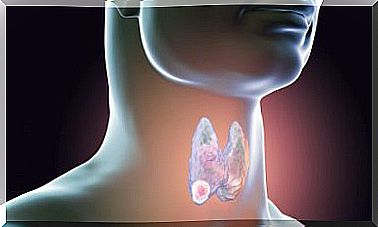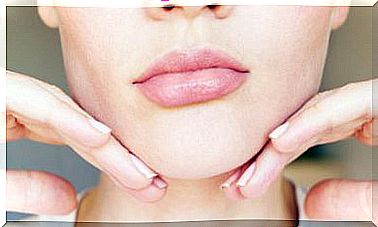Tips For Acting At Work In A Heart Emergency
A heart emergency can happen anytime, anywhere. And while patients should be aware of risks and take precautions, generally speaking, these are events that are almost impossible to anticipate.
The modern rhythm of life has led to occupying the largest amount of daily time in the workplace. Therefore, the chances of a cardiac emergency taking place in offices and companies are quite high.
A cardiac emergency can happen more often than is often admitted.
- According to the Texas Heart Institute, in the United States, a heart attack occurs every 34 seconds.
- In the case of Spain, annually an average of 30,000 victims of sudden death and up to 20,000 episodes of resuscitation attempts, according to experts from the Spanish Heart Foundation.
Differences between heart attack and sudden cardiac arrest
A heart attack and sudden cardiac arrest are two different things.
- In the first case, there is usually a longer margin of time to reverse the problem.
- In sudden cardiac arrest, just a few minutes may be enough to kill those affected.
Heart attack or myocardial infarction

It occurs when the flow of the bloodstream to a part of the heart is reduced or completely interrupted due, in most cases, to the rupture of a plaque in the coronary arteries.
They can also be caused by a blocked blood clot or a spasm of a coronary artery. Heart attacks do not necessarily mean that the heart stops beating.
The main symptom is a sudden and very intense pain in the chest, which can spread to other areas of the body such as arms, shoulders, jaw, neck or the nape of the neck.
Other symptoms such as:
- Fatigue.
- Dizziness
- Sickness.
- Sweating
- Heartburn.
- Difficulty breathing.
- Sudden blackouts.
It is important to bear in mind that the symptoms are not the same in all cases. Sometimes the attacks occur without the affected person noticing some of these warning signs or they may mistake them for something else and ignore them.
Sudden cardiac arrest

It occurs when the heart suddenly stops completely. It is deprived of the blood flow and oxygen included in the brain and in the rest of the body’s organs.
The episodes of what is also known as sudden cardiac death usually do not allow those affected to ask for help from the people around them.
When the heart stops, the person suddenly faints, completely losing consciousness. Breathing can also become suspended.
Only in a small number of cases, those affected may notice dizziness in the moments before fainting.
Quick measures to take in cardiac emergencies

- Immediately call emergency services and request help.
- In cases of heart attack, the person should be seated on a sofa as comfortable as possible, ensuring that they remain calm.
- It is vital that the affected person tries to maintain normal breathing. Belts and shirts must remain unbuttoned.
- In sudden cardiac arrest, body functions (breathing and pulse) should be checked. If there is no response, cardiac massage or cardiopulmonary resuscitation (CPR) should be started immediately :
-
- To do this, both hands are placed on the patient’s sternum and pressure is exerted downward, keeping the arms extended.
- The sternum should be pushed at least 4 centimeters, with a frequency of not less than 100 compressions per minute.
- In the same way, a uniform rhythm should be established, with the minimum possible interruptions.
- Mouth-to-mouth resuscitation should only be applied by people who know the technique. Otherwise, its usefulness is nil.
- If an automated external defibrillator (AED) is available, shocks should be applied to try to restart the heart’s activity from scratch. These devices do not require special training to be used, since their operation is quite simple.
The faster you act on a cardiac emergency, the greater the chances for victims of being able to overcome the trance.
Sudden cardiac arrest cases require even faster response actions. For every minute that passes, the chances of survival decrease by 10%, so after 10 minutes they will be zero.
If the people around the affected person do not act and only limit themselves to waiting for the arrival of emergency services, the chances of a tragic outcome are up to 95%.
Note : to know how to act in case of a heart emergency at home, you can consult the recommendations of the experts of the Spanish Heart Foundation.









